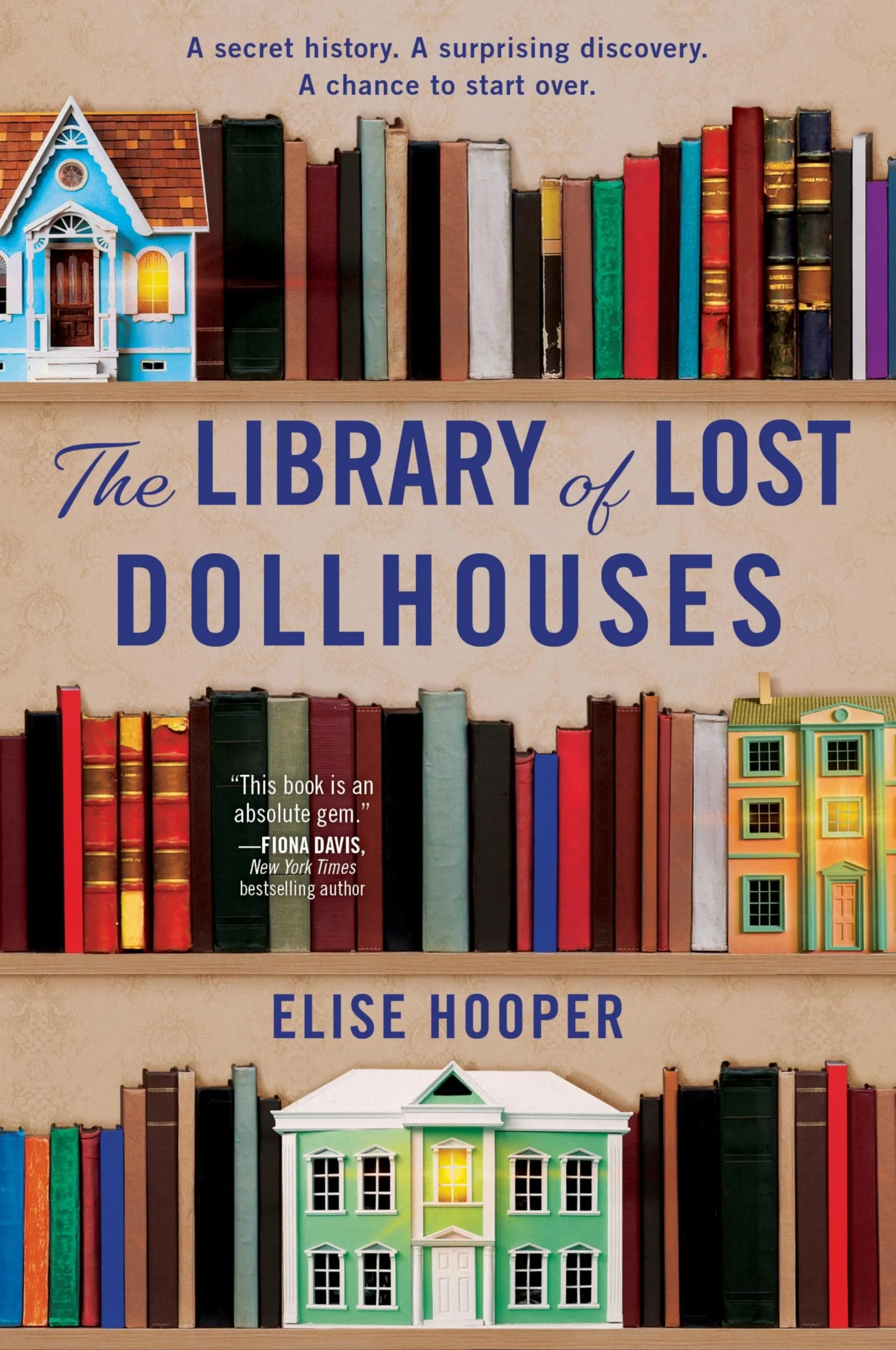Library of Lost Doll Houses
A Hidden Door, A Forgotten Artist, and the Mystery of Memory…
After being drawn in by the premise of The Library of Lost Dollhouses, I was ready for a haunting, atmospheric read—and for the most part, Elise Hooper delivered. The novel blends historical fiction and quiet mystery, with dual timelines that explore forgotten women, memory, and the spaces we leave behind. It’s a story steeped in secrets, and while not everything worked for me, the overall reading experience was genuinely immersive.
The book opens in a small-town library, where Tildy Barrows stumbles across a hidden door that leads to something utterly unexpected: a room full of old, intricately detailed dollhouses. These aren’t just charming miniatures—they’re emotionally loaded spaces, each telling its own story. As Tildy digs deeper, she becomes increasingly consumed with uncovering the identity of the creator, known only by the initials C.H.
From there, the narrative shifts between Tildy’s perspective and the past, where we meet Cora Hale—the mysterious artist behind the dollhouses. I found the dual POV structure to be one of the book’s biggest strengths. The transitions between timelines are smooth, and the way the stories echo and inform each other adds real emotional depth. Cora’s chapters, in particular, felt layered and deeply felt. Her creativity, her quiet rebellion, and the love and loss she weaves into each miniature home made her arc the standout.
What really kept me turning pages was the mystery itself. The dollhouses are filled with coded messages and visual clues that feel like breadcrumbs leading toward something bigger. There’s a dreamlike quality to the way Hooper describes them—each room a silent witness to a life once lived. I found myself wishing I could see them in real life, just to study all the tiny, meaningful details.
But while Cora’s story is resonant and compelling, the present-day plot didn’t always feel as grounded. Spoiler warning here: The romance between Tildy and Ben felt more like a distraction than a meaningful part of her arc. Unlike the carefully developed relationships in Cora’s chapters, Tildy’s connection with Ben came off as superficial, and I kept wondering why it was included at all. The emotional weight of the novel was already strong—Tildy’s journey of self-discovery and her connection to Cora could have stood on their own without needing a romantic subplot.
That said, the book has some truly lovely moments. There’s a quiet reverence throughout for the idea of art as memory, and for the ways we try to preserve stories when they risk being forgotten. Lines like “Some houses hold more than just furniture—they hold people’s ghosts” struck a chord, hinting at the emotional history tucked behind wallpaper and wood.
By the end, I found myself more invested in the past than the present—but even so, the novel left me with that particular ache I associate with stories about things lost, preserved, and half-remembered. It’s not a perfect book, but it’s one that lingers in the mind.
Ultimately, The Library of Lost Dollhouses is a quiet, melancholy mystery that shines brightest when it leans into its historical heart. If you’re drawn to dual timelines, atmospheric settings, and the idea of memory encoded in objects, this one might just be for you.
RATING : 4/5
